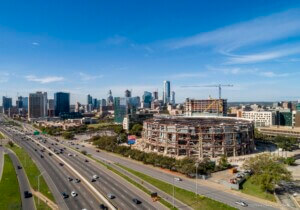The slow deconstruction of Kisho Kurokawa’s Nakagin Capsule Tower in Tokyo began on April 12 and will continue through the end of the year. The tower’s demolition is no surprise, as its problems were well known from the start. That it survived half a century is a feat in and of itself. Kurokawa showed us a version of a possible pod world that proved to be immensely influential, for better and worse. While we shouldn’t repeat the tower’s mistakes, its optimism about alternative futures is a legacy worth noting.
To mark this moment, AN gathered remembrances in text and image from those whose trajectories brought them in close contact with the building. Below is the final entry—a dispatch in words and photographs from Tokyo-based architect Mark Dytham—in our five-part series on the Nakagin Capsule Tower. It follows contributions from Ken Tadashi Oshima, Noritaka Minami, Aki Ishida, and Filipe Magalhães and Ana Luisa Soares.
I first arrived in Japan fresh from the Royal College of Art with Astrid Klein in 1988 to work for Toyo Ito. We had both won travel scholarships and were drawn to Japan at the height of the economic bubble there— everything seemed possible, and the Nakagin Capsule Tower was one of the reasons why we wanted to travel to Tokyo.
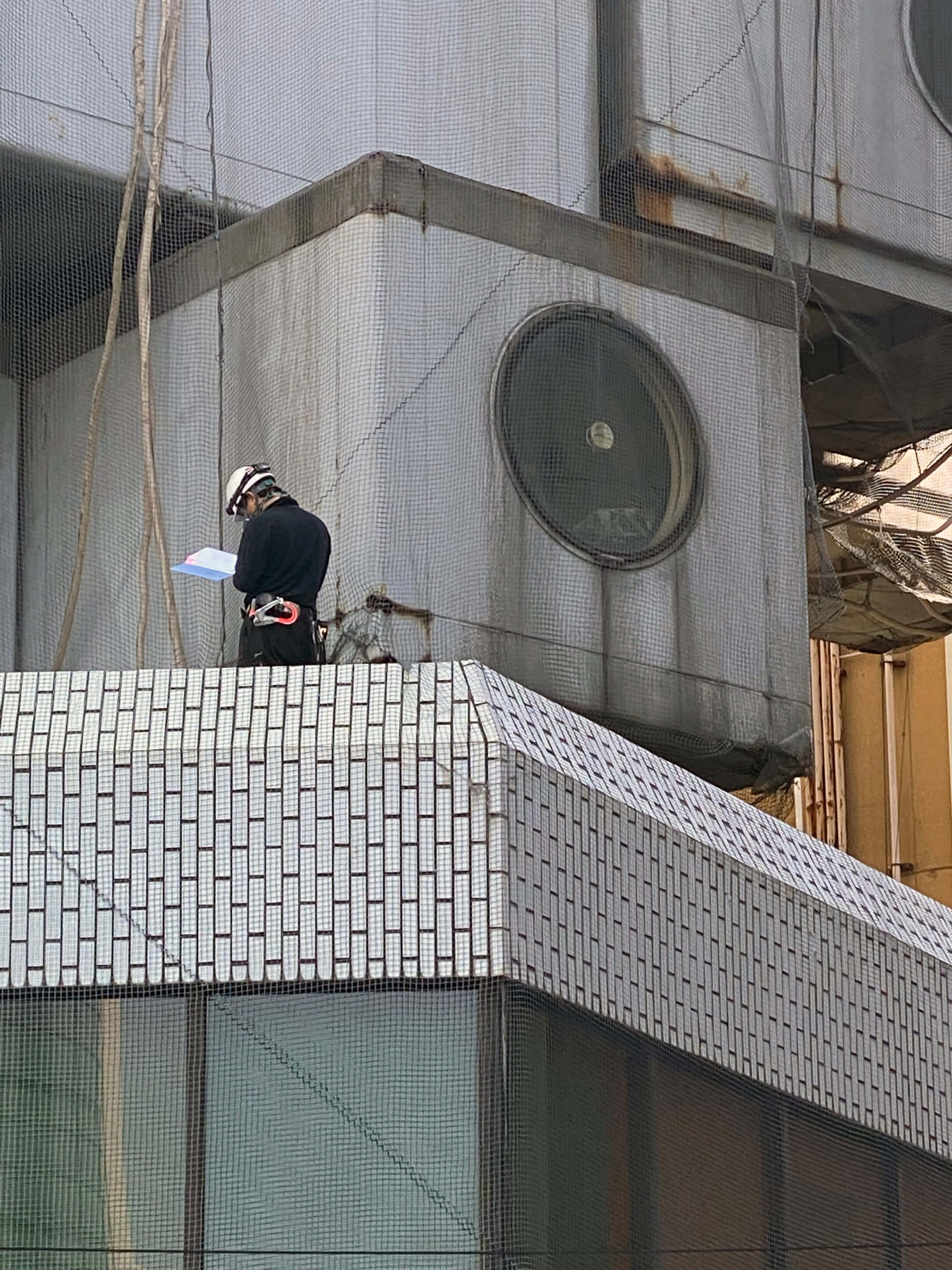
When we first visited the Nakagin Capsule Tower, it was already in a poor state of repair. Even then, it already seemed inevitable that it was going to be demolished in the future. In the West, certainly in Europe, when you build a building, you want to make it from brick and stone, and it’s there for centuries. That’s different from ideas about architecture in Japan, where buildings were traditionally made from wood and disasters like earthquakes, tsunamis, and fires have led to a widely held notion of impermanence.
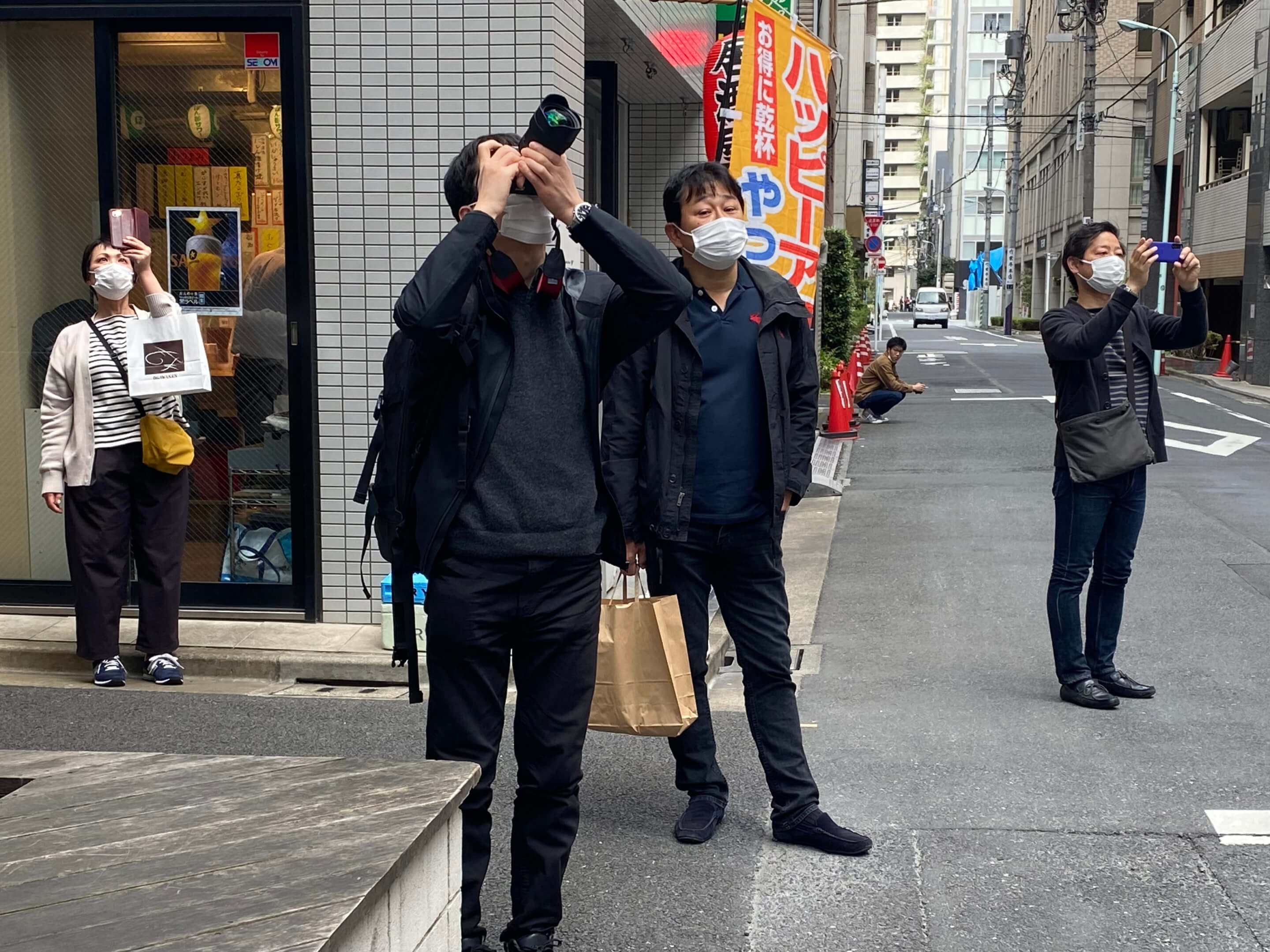
With this design, the idea was that the capsules would be taken off and replaced every 25 years. There was even a counter-weighted extractor “tool” envisioned so old units could be unplugged. This never happened, and as it was impossible to maintain the spaces between the pods, they started rusting and leaking over the years. Complex asbestos uses also complicated any idea of renovation.
Still, the fact that it got built was fantastic. It was possible in Japan only at this time of expansion and optimism. This was the future city!
Kisho Kurokawa once said, “True beauty lies in things that die, things that change.” That’s really the essence of the Metabolist movement, so he probably would have no issue that the building reached its end of life.
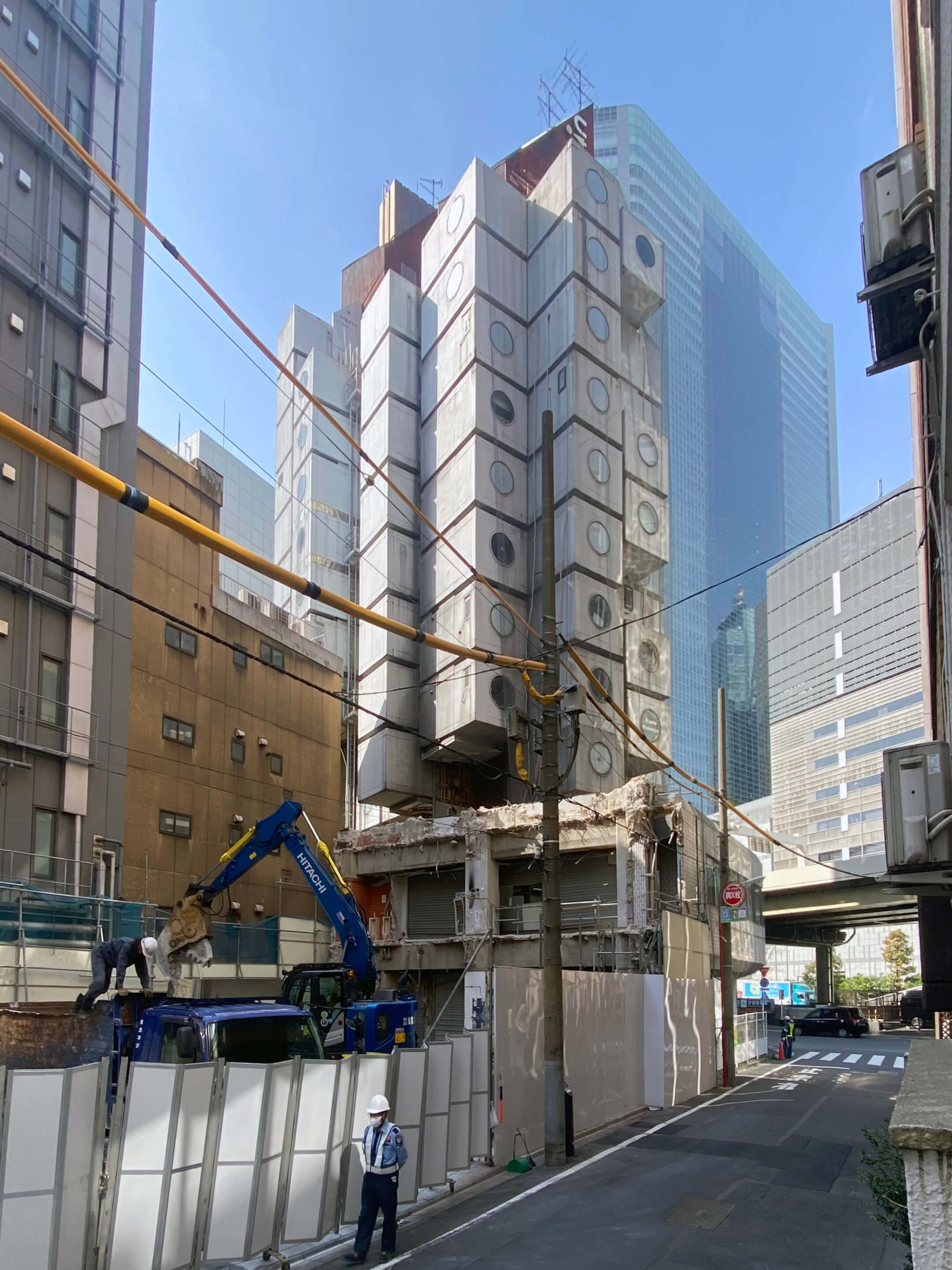
Recently I’ve been visiting the Nakagin Capsule Tower regularly to document its demolition. The project still holds reverence for Japanese architects, so there’s been a decent amount of news and loads of people showing up to take pictures of the deconstruction process. It really proves it’s one of Tokyo’s most iconic buildings.
At Klein Dytham architecture, we have built several projects in Tokyo that already don’t exist anymore. But I’m glad we pushed the envelope and that they were realized in their time. It’s important to experiment and take ideas beyond what often is financially or practically viable. I’m not worried about longevity as long as things stand up and make sense for the time in which they exist. I think we worry a bit too much about permanence in the West. One might argue that constant rebuilding is not sustainable; however, everything gets meticulously recycled in Japan.
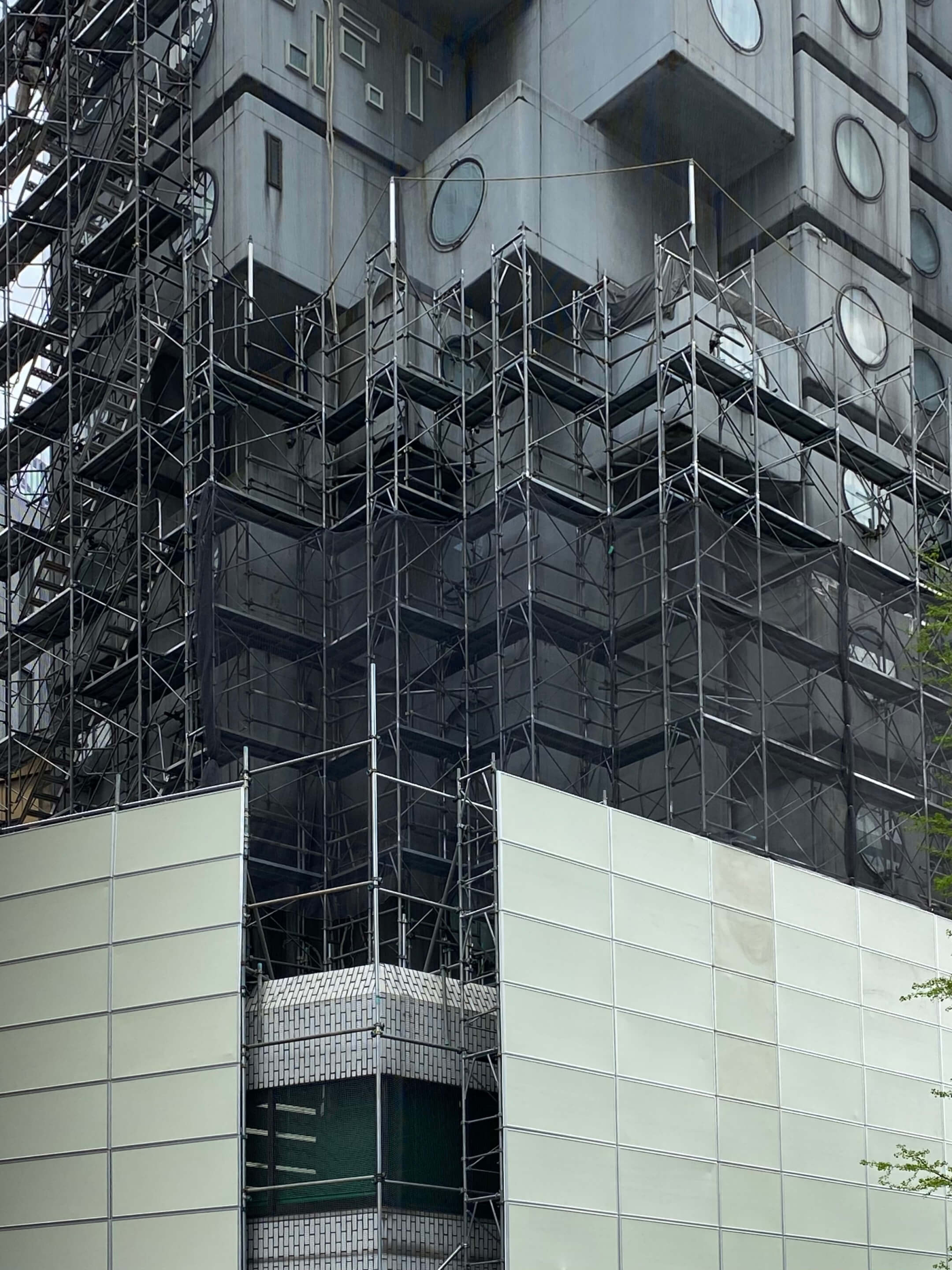
Metabolist ideas inspired high-tech architecture like the Centre Pompidou, so I’m interested to see what happens to our own European high-tech icons. What would people say if the Pompidou or Richard Rogers’s Lloyd’s building were being ripped down? It raises lots of questions for high- tech. This was the start of it, in a way: What’s more high-tech than steel boxes clipping onto a concrete core?
This is one of those projects that was so much better for being built and failing, because it would have been a failure if it hadn’t been built. Because it was built, because there were failures, and because we learned from them, it changed architecture.
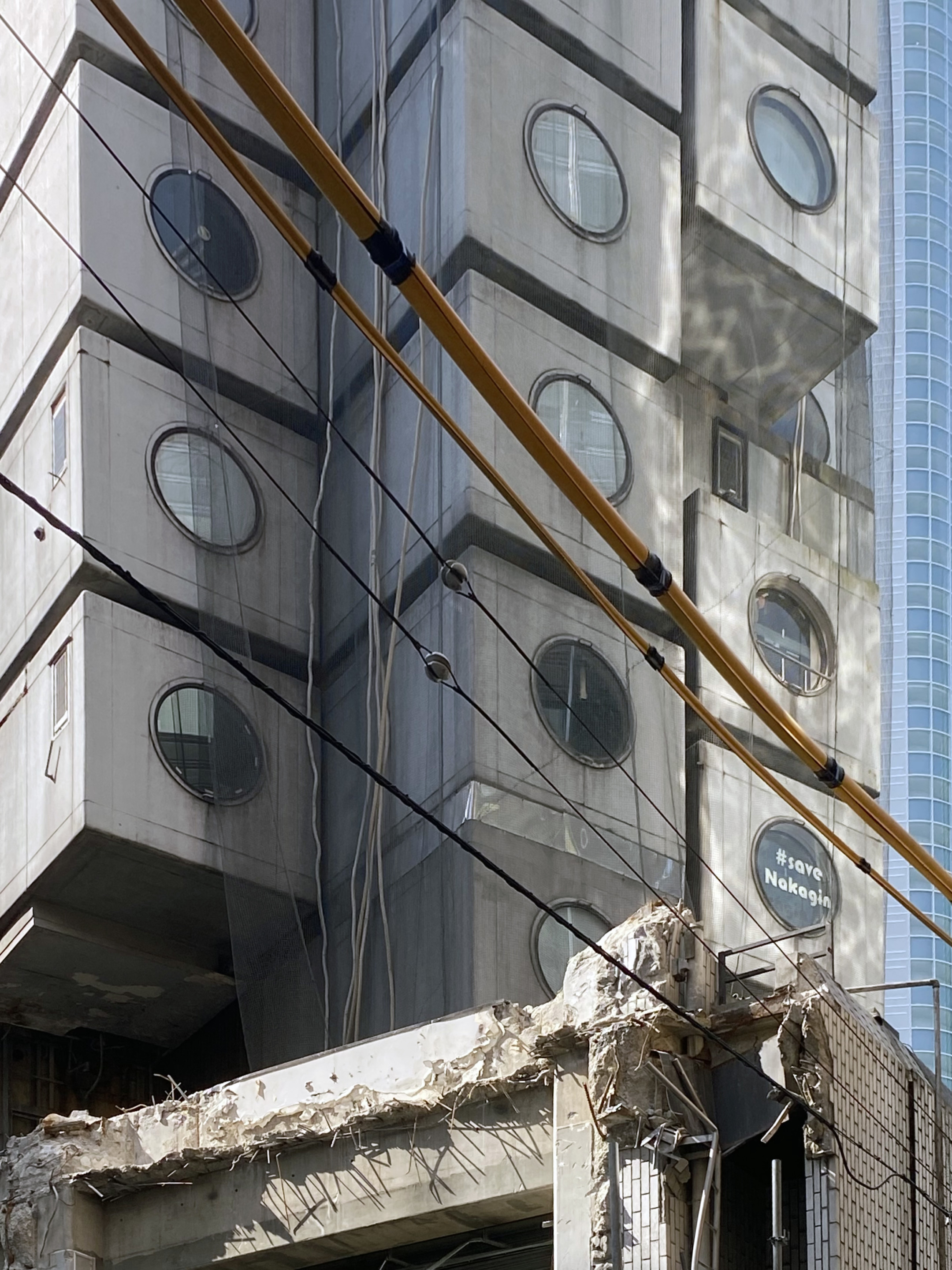
Mark Dytham runs the Tokyo-based firm Klein Dytham architecture with business partner Astrid Klein. They are also the founders of PechaKucha, a 20×20 show-and-tell format active in 1,280 cities globally.










